There is a transition underway in our electricity sector.
Fundamentally, the people financing, regulating, designing, and operating these systems, are driving a public relations campaign promoting renewables as cheap and effective. Activism disguised as leadership is bringing about significant changes in the electricity system, changes that are having far-reaching consequences on the Australian economy and security.
Until recently, economists, engineers, and CEOs could be relied on to objectively consider all sides of a problem, making fact-based decisions for the best outcomes for their clients and shareholders (and themselves). But the much-vaunted ‘transition’ in the electricity sector has seen the share price of our two ASX-listed electricity retailers (AGL and Origin) shrivel.
In February 2021, AGL announced the write-down of AUD $1.9 billion of wind power contracts. AGL paid too much for long-term fixed-price contracts with wind developers and Origin had a similar write-down for the same reasons in July 2021. Combined, these two companies supply over 50 per cent of the Australian retail electricity market.
Further afield, Germany’s wind and solar gamble is failing too.
As Michael Schellenberger notes, Germany spent US$36 billion on wind and solar in the five years prior to 2019 while emissions flat-lined and prices skyrocketed. The Ukraine situation has exposed the weakness of Germany’s energy security and in the UK, Matt Ridley exposes a similar illogical political love affair with wind turbines.
Domestically, government bureaucrats are amplifying the problem.
Queensland’s state-owned CleanCo rewarded its CEO with $674,000 last year for overseeing a multi-million dollar loss. Queensland has to date guaranteed the income of fifteen wind and solar projects (2,266 MW). That is almost one-third of the state’s coal-fired power capacity contributing less than 10 per cent of the state’s electricity supply. Meanwhile, Queensland’s Stanwell operating over 3,300 MW of coal-fired generators returned a net profit after tax of $375 million (a plant breakdown caused a net loss of $266 million for CS Energy, the other state-owned generation company).
Origin CEO Frank Calabria recently expressed his intention to close Australia’s largest coal-fired generator, Eraring in New South Wales, and replace its 2,800 MW output with gas ‘operating over days and weeks’, batteries, hydro, and virtual power plants. That doesn’t sound cheap to me. Ex-Macquarie Bank chief Nicholas Moore (YouTube 28min), cited Lazard as evidence that wind and solar are cheaper than gas; he did not explain why subsidies remain critical to development of wind and solar projects.
Across Australia, every energy minister is promoting emissions reductions targets, wind and solar targets, or both, all underwritten by taxpayers. Politicians, desperate to bolster woke credentials and shore up falling polls, are eagerly handing over taxpayer dollars to so-called ‘green’ industries on top of the myriad of subsidies still on offer for wind and solar projects.
This casual disregard for our critical infrastructure has been abetted by the bureaucrats appointed to regulate and coordinate the electricity sector.
The previous CEO of the Australian Energy Market Operator (AEMO), Audrey Zibelman, said AEMO staff prioritise decarbonisation over keeping the lights on (podcast 24min). The current CEO, Daniel Westerman, fresh from ramping up wind and solar farms in America, is pushing for the Australian grid to be made ready to accept 100 per cent wind and solar by 2025. The Chair of the Australian Energy Market Commission (AEMC), Anna Collyer, describes her organisation as ‘striving for Net Zero’.
The heads of our mostly foreign-owned electricity network companies encourage the push for more wind and solar, as this requires massive upgrades to the grid. Since they receive a regulated return, more transmission means more guaranteed income, even as network productivity declines year on year. Engineer’s Australia, the peak body overseeing Australian engineering competencies and registrations, had Al Gore as keynote speaker at the Climate Smart Engineering Conference in November 2021. CEO, Bronwyn Evans, is signatory to a IPCC capitulation statement.
Despite the contrived support for all things green, opposition is mounting around Australia to new transmission lines and land-hungry renewables. Even the ABC can’t always ignore the negative impacts and growing ire of those affected by encroaching solar farms, wind farms, and transmission lines. Amongst the ABC’s activist headlines, the occasional piece on environmental destruction makes an unusual appearance alongside quotes from experts opining on the low cost of wind and solar.
The 1,000 MW MacIntyre Wind Farm in Queensland will need 180 towers for $2 billion ($2,000/MW). The 750 MW Kogan Ck coal-fired power station was built in 2007 for $1.2 billion ($1,600/MW). Kogan Ck coal mine is not linked to a port and is therefore not subject to export coal price changes, making its fuel costs amongst the lowest in the country. According to AEMO data, Kogan Ck offers its output in three bands: 300 MW at $36/MWh, 150 MW at $49/MWh, and the rest at $56/MWh.
The low cost of coal-fired generation is confirmed elsewhere. AGL’s FY21 annual report states total fuel costs for coal at $18.3/MWh and running costs at $11.5/MWh for a total of $29.8/MWh – comparable to Kogan Ck. Meanwhile the same annual report shows green compliance costs at $26.4/MWh and renewable Power Purchasing Agreement (PPA) costs at $52.9/MWh. Origin’s FY21 annual report shows renewable PPA costs much higher than coal at $95.3/MWh, and fuel costs (coal and gas) at $47.9/MWh. South Australia, the unashamed leader in shutting down fossil-fuelled electricity, has retail electricity rates 50 per cent higher than Queensland and New South Wales.
Our electricity system is in unchartered territory with wind and solar growth tenfold the global average.
We are continuously fed the narrative that wind and solar are cheap and reliable when the opposite is true.
Wind and solar are forced into the market despite the market desperately signalling oversupply with negative prices. Our industry and political leaders subscribe to every green woke agenda, neatly dovetailing with a lost and confused media, while our critical electricity system requires daily intervention to keep the lights on.
Wishful thinking implies a kind of innocent naivety. Does anybody think this is innocent?
Ben Beattie is an electrical engineer in the power and natural gas sectors.
Got something to add? Join the discussion and comment below.
Get 10 issues for just $10
Subscribe to The Spectator Australia today for the next 10 magazine issues, plus full online access, for just $10.

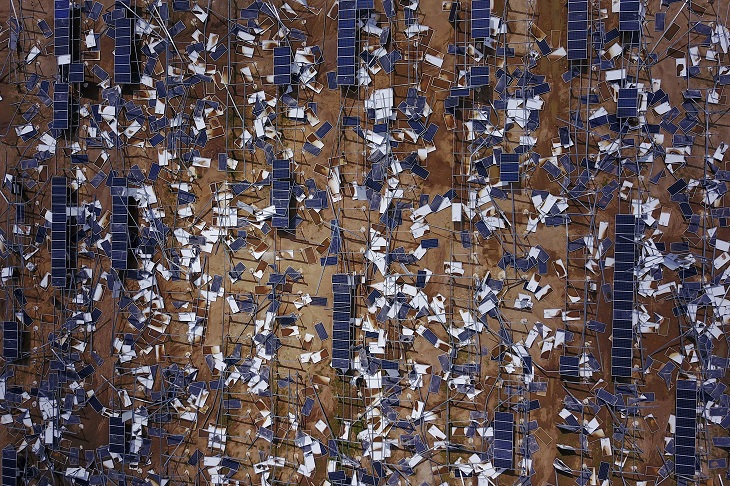
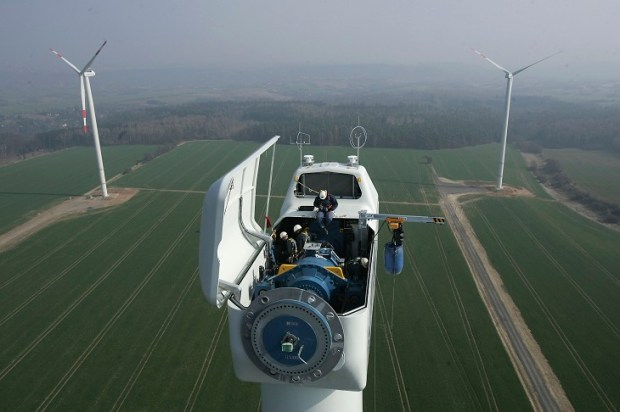
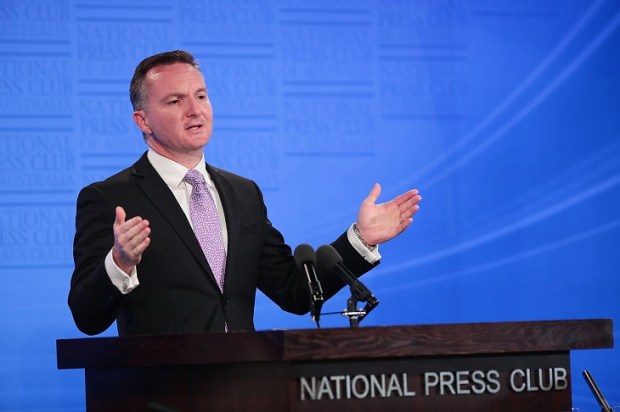
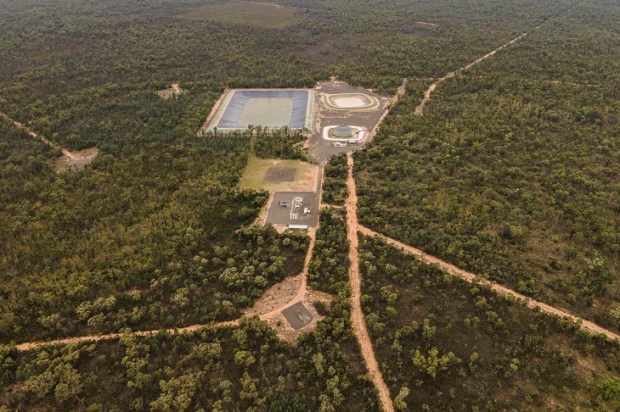
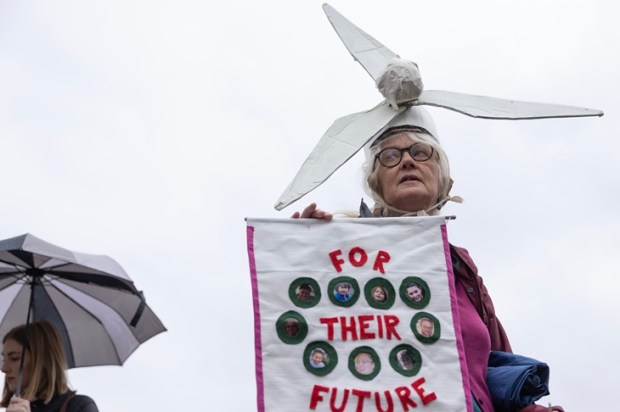



















Comments
Don't miss out
Join the conversation with other Spectator Australia readers. Subscribe to leave a comment.
SUBSCRIBEAlready a subscriber? Log in